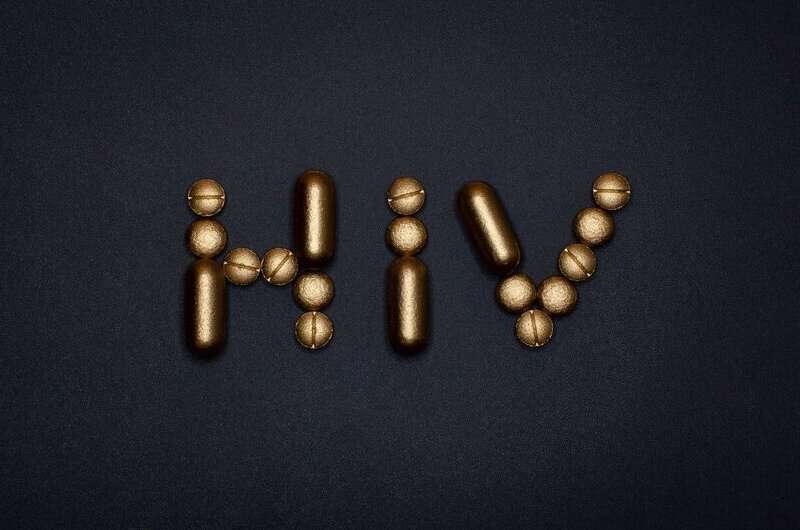Philippines Declares Public Health Emergency as HIV Cases Increase Significantly

Philippine health authorities warn of a rising HIV epidemic with a 50% increase in cases in early 2025, prompting calls for declaring a public health emergency to combat the surge.
Philippine health authorities have issued a warning of an impending public health crisis due to a sharp rise in HIV infections across the country. The data from the first quarter of 2025 reveals an alarming trend, with an average of 57 new HIV cases reported daily, representing a 50% increase compared to the previous year. This surge has prompted officials to consider declaring a nationwide health emergency to mobilize resources and intensify prevention efforts.
The Philippines, with a population of approximately 117 million, now faces its highest HIV incidence in the Western Pacific region. Notably, young males constitute a significant proportion of new cases, with 33% aged between 15 and 24, and 47% aged between 25 and 34. Despite ongoing efforts, the causes behind this surge remain unclear, though sexual contact remains the primary mode of transmission, especially among men who have sex with men—a pattern observed since 2007.
The health department highlighted that only 55% of those living with HIV are aware of their status, and just 66% of diagnosed individuals are on antiretroviral therapy, underscoring gaps in diagnosis and treatment. The ongoing increase in cases has also set back progress toward the United Nations’ goal of ending the AIDS epidemic by 2030.
In response, Health Secretary Ted Herbosa has called for a declaration of a public health and national emergency, aiming to rally societal and governmental support for intensified HIV prevention and control measures. The government has not yet officially declared an emergency, but the situation warrants urgent attention from health authorities.
HIV transmission in the Philippines continues predominantly through sexual contact, with implications for targeted prevention strategies. The country's estimated number of people living with HIV is projected to reach 252,800 by the end of 2025, reflecting an ongoing and concerning upward trajectory.
This situation represents a critical public health challenge, highlighting the need for comprehensive strategies to curb the spread of HIV and improve testing, treatment, and education efforts to protect vulnerable populations.
Stay Updated with Mia's Feed
Get the latest health & wellness insights delivered straight to your inbox.
Related Articles
Innovative Flomark IV Bags Enhance Precision in Managing Hospital Patient Fluid Balance
Discover how the Flomark device is revolutionizing inpatient fluid management with precise, easy-to-read flow monitoring, improving safety and outcomes in hospitals.
Innovative AnVIL Data Explorer Enhances Access to Genomic Datasets for Health Research
The new AnVIL Data Explorer from UC Santa Cruz enhances access to hundreds of genomic datasets, streamlining health research endeavors and fostering scientific discovery in genomics and human health.
Research Links Rugby Participation to Increased Risk of Dementia
A new study from the University of Auckland reveals that former male rugby players face an increased risk of dementia, highlighting the long-term neurological effects of collision sports and the importance of safety measures.



